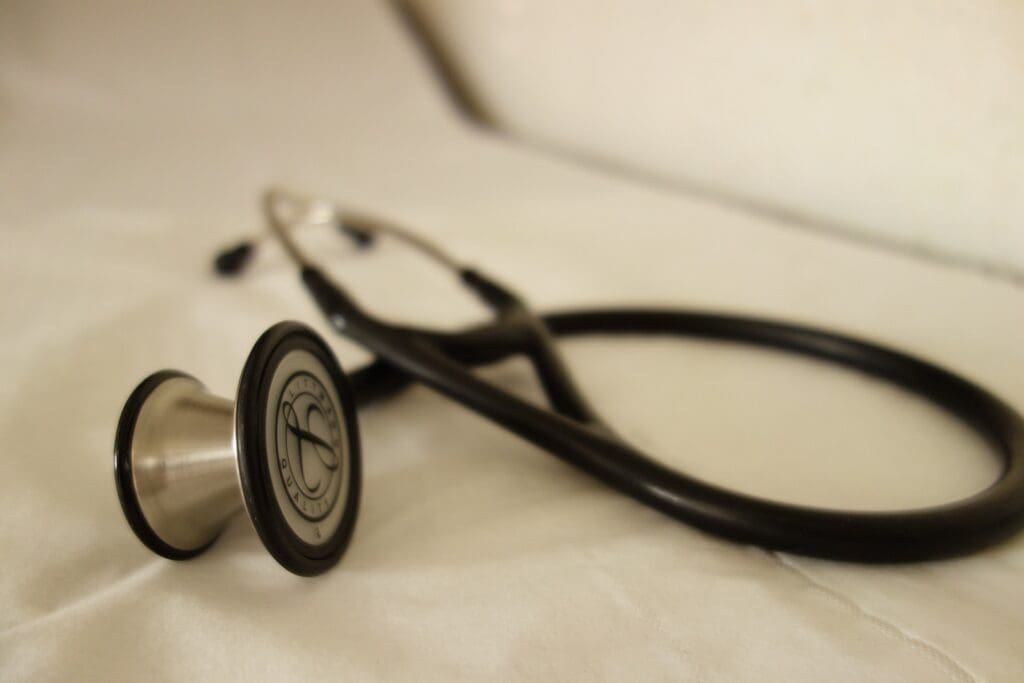Last updated: 11 October 2024
What is Occupational Health?
What is the point of Occupational Health? And how does it achieve its aims?
Definition of Occupational Health
Occupational Health (OH) is a field of healthcare which is set outside in the traditional settings of hospitals and GP practices. It is a specialist strand of public health that focuses on work, the workplace, and the workforce. It is the ‘health’ in ‘health and safety.’ OH professionals undertake specialist training in the relationship between work and health.
The World Health Organisation defines OH as “an area of work in public health to promote and maintain highest degree of physical, mental and social well-being of workers in all occupations.”
What is the purpose of Occupational Health?
- To promote and maintain the health of employees and their ability to work.
- To help organisations improve working conditions and the work environment so that workplaces are safe and healthy.
- To help organisations develop effective systems and healthy workplace cultures. These include management systems, HR policies and procedures and practices to improve occupational health and safety.
How does Occupational Health achieve these aims?
OH professionals receive specialist training that enables them to understand the unique relationship between work and health. They are usually based in workplaces rather than traditional clinical settings. This allows them to have a deeper understanding about the workplace, processes, hazards, and people they support.
OH focuses on how work can affect employees’ health and well-being, and how the health of employees may affect their ability to work. It also enables them to support employers and help injured, ill, disabled, and ageing workers remain productive and at work. One of the ways it does this is by using the following questions as guides:
- Is the work and workplace fit for the employee(s)?
- Is the employee fit for the work they are employed to do?
If the answer is ‘no’ to either or both questions:
- Why not?
- What can be done about it?
Who makes up the Occupational Health team?
The format and membership of the OH team is flexible, depending on the needs and size of the organisations it works with. Therefore, there is no one ideal model.
The professionals that most employees and employers will work with are Occupational Health Physicians (OHP) and Occupational Health Nurses (OHN or SCPHN-OH).
Other members of the wider team can include:
- Occupational Health Technicians (OHT).
- OH administrators.
- Occupational hygienists (also known as industrial hygienists). They are sometimes part of the Safety team.
- Physiotherapists.
- Ergonomists.
- Occupational psychologists.
Financial benefits of good Occupational Health
The UK Health and Safety Executive (HSE) reports regularly on the costs of self-reported workplace accidents and ill-health. Their 2021/22 statistics showed the long-standing trend of occupational ill-health taking up 63 per cent of the costs.
With good OH, most of these costs should be preventable. Examples of occupational ill-health include:
- Cancers due to exposure to certain chemicals or materials.
- Respiratory diseases due to chemical exposures, dust, allergens – for example, asthma.
- Chronic skin conditions – for example, allergic dermatitis.
- Conditions affecting the muscles, nerves and circulation – for example, hand-arm vibration syndrome (HAVS), upper limb disorders, and back pain.
When an organisation invests in the health of its workforce through good safety measures and occupational health, the likelihood of employees developing these conditions is reduced.
How can Occupational Health save businesses money?
A 2022 research paper by the Society of Occupational Medicine (SOM) found that “investments in occupational health add value through reduced costs associated with the prevention of ill health, improved productivity and a range of intangible benefits.”
In short, investments in good OH are repaid by a healthier, more productive workforce.
The costs associated with workplace accidents and ill-health, such as in the list below, should all start to reduce as the measures take effect.
- Insurance premiums
- Legal fees
- Payouts
- Absences and cover
- Presenteeism
- Medical early retirement
- Costs related to lost productivity
- Recruitment
- Training.
There is usually an initial rise in upfront costs which is repaid later, because:
- New preventative measures, equipment, training, systems, and earlier identification of ‘at risk’ cases can take time and expense to implement.
- There will be people with current ill-health and injuries who will require time and resources for them to recover. Some people will be prone to periodic flare-ups in the longer-term, for example, musculoskeletal pain.
- There may be legal cases due to workplace accidents and ill-health. These can take years to work through the system.
- Depending on the hazards that people are exposed to, there may be a time lag between exposure and the start of symptoms. For example, cancers and some respiratory diseases.
- Insurance companies may want to see evidence of reduced cases of ill-health and accidents, as well as new preventative measures introduced within an organisation before lowering premiums.
OH works with organisations to prevent work-related ill-health but it can only do this if there is a good understanding of what OH is, how it can work best, and this is communicated throughout the organisation.
If you require this content in a different format, contact enquiries@businessdisabilityforum.org.uk.
© This resource and the information contained therein are subject to copyright and remain the property of the Business Disability Forum. They are for reference only and must not be copied or distributed without prior permission.
